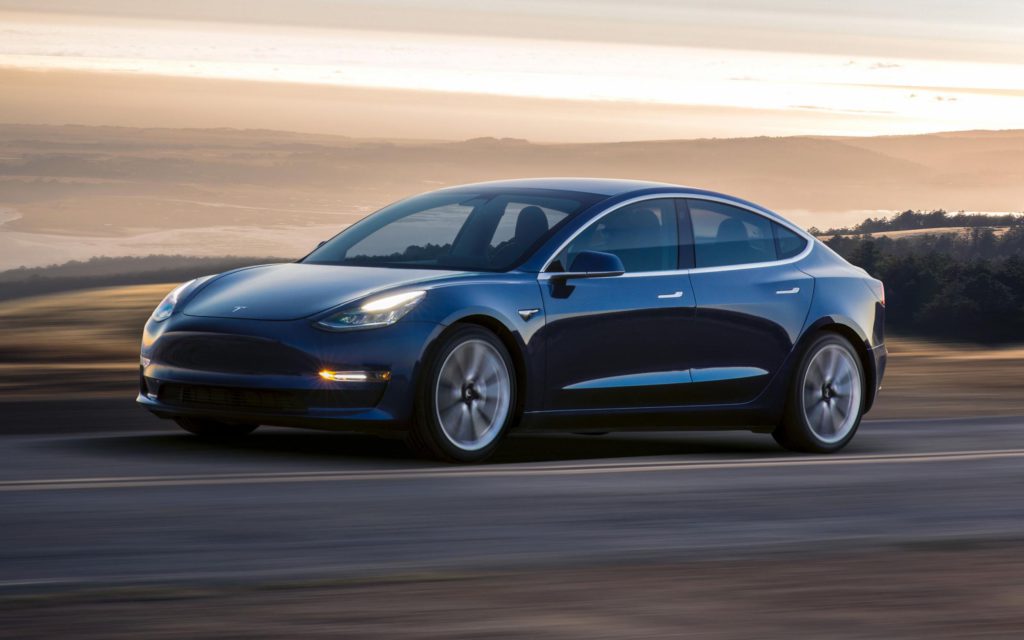Tesla Model 3 production lower than projected as ‘bottlenecks’ slow manufacturing
03 October 2017

03 October 2017
Tesla is lagging behind its own production target for the Model 3, following ambitious claims from chief executive Elon Musk at the car’s launch in September.
The US electric vehicle (EV) manufacturer has said that it produced only 260 of the new vehicles in Q3 2017, which is well below the target Musk suggested of ′above 1,500′ in September 2017 alone. It blamed production bottlenecks for the shortfall, but said it expected to deal with the problems ′in the near term’.
During July 2017, when the announcement of the first Model 3 to be produced was made, Musk stated that production was expected to grow ′exceptionally’ with 100 models being built during August, and 1,500 during September. He also added he expected production to reach 20,000 units during December 2017.
In a statement released to investors, the company said: ′Although the vast majority of manufacturing subsystems at both our California car plant and our Nevada Gigafactory are able to operate at a high rate, a handful have taken longer to activate than expected.
′It is important to emphasise that there are no fundamental issues with the Model 3 production or supply chain. We understand what needs to be fixed and we are confident of addressing the manufacturing bottleneck issues in the near-term.’
Musk has warned in recent months of potential production headaches for the new car, since it takes a failure in only one part of the complex global supply chain to halt production. However, he still stuck to an ambitious prediction at the time the first vehicle was delivered in July of a rapid acceleration that would take production to 20,000 a month by December.
Tesla took a risk in the development of production lines for the Model 3, skipping the prototype tooling stage to install permanent and expensive equipment on its vehicle assembly line. When launching a new model, the conventional approach to manufacturing is to use cheap tooling that can be scrapped once the company achieves the data required to ensure more expensive machinery is up to the task. Instead, Tesla is relying on ′advanced analytical techniques’ including computer simulations to ensure it invests in the correct systems for production.
The Model 3 is intended to be Tesla’s entry into the mass-market. It is billed as a mid-sized family car costing from $35,000 (€30,800), less than half the cost of its premium Model S. The company was hoping the Model 3 will offer simpler production than the Model X, a hybrid SUV which was delivered 18 months late to those who pre-ordered.
While production of the Model 3 has hit problems, the company has set out more optimistic forecasts for sales of its S and X models for the rest of the year, lifting its projections from just under 50,000 units in the second half of 2017 to ′about 100,000.’
Photograph courtesy of Tesla